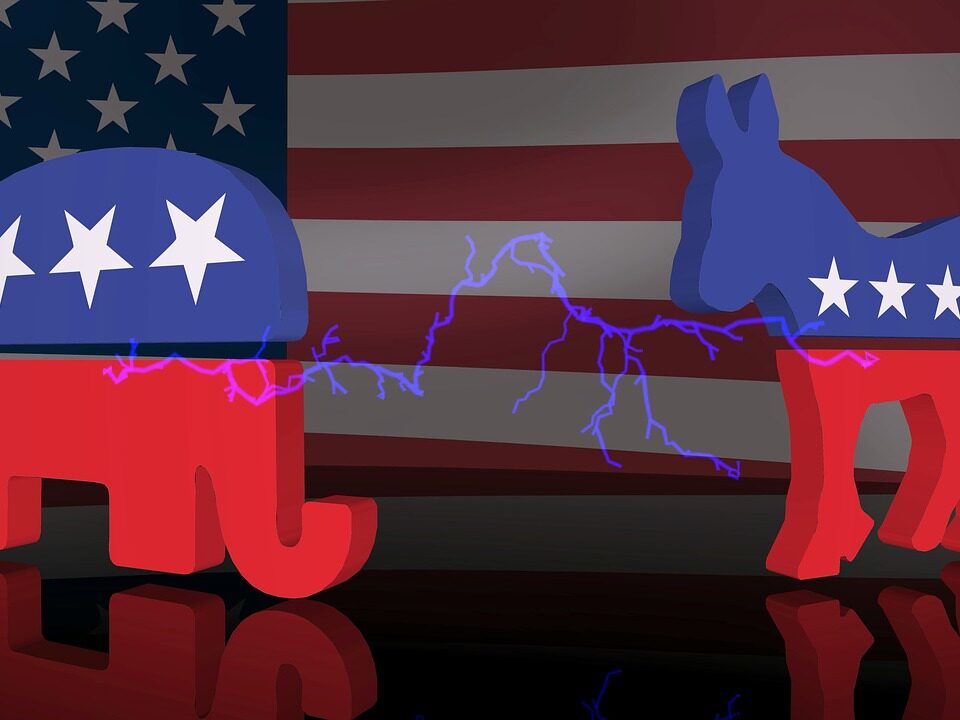
Weekly Roundup: From Grocery Bags to Soda Bottles
April 18, 2015
Two Reasons For Moving to Alaska
April 20, 2015The Atlantic suggests that movies are getting boring.

From: http://xkcd.com/1509/large/
Where are we going? To how movie studio competition has changed content.
When Movie Makers Had Power
Our story starts in 1950. On the demand side, close to two-thirds of all Americans—90 million people—went to the movies each week. Yearly, each of us purchased 20 to 30 tickets. After cars and grocery stores, movies were the 3rd largest retail business in the U.S.
Meanwhile on the supply side, MGM, Warner Bros., Paramount, Twentieth Century-Fox, and RKO were the five major studios. Because each one not only made the movies but also owned the theater chains, we could say that they enjoyed the benefits of vertical integration. Able to control production and distribution, they had some leeway with film content that appears to have elevated quality.
By the 1970s it all had started to change. At first fewer tickets were sold because people stayed home to watch TV, then we got our video cassette recorders, and today we have Netflix. By 2008 less than six percent of us were weekly movie goers.
At the same time, the five dominant movie makers became less powerful. After the courts and an antitrust decision decreed that they divest themselves of their theaters, they couldn’t even force independent theaters to book a bundle of movies. Having lost a guaranteed audience and gained a host of competitors, the movie studios increasingly worried about that next blockbuster.
The Atlantic says the result is boring films because the studios can no longer afford to gamble on content.
Movie Moneyball
During an interview at the Nantucket Film Festival last summer, film writer/director Nancy Meyers (It’s Complicated and Something’s Gotta Give) said she was having a tougher time getting scripts approved. It was apparent that she preferred the intuition of one eccentric movie mogul who ran the company. Instead, now she deals with committees that have practical concerns. They focus on possible male (not female) stars more than her story line.
They also use analysts who decompose successful scripts and research movie goer preferences. Hoping to find the statistics that display what works, they might suggest deleting bowling scenes because they won’t grab an audience and adding “guardian” rather than “cursed” superheroes.
One movie investor said, “You have to think of it as math.” For him, the “math” is a risk assessment algorithm. What is the best weekend for the release? The rating? The star? The genre? He uses more than 10,000 variables. Asked if a movie should include an extra fight scene that will cost $1 million to shoot, he said he replies, “yes” only if box office receipts will go up by more than $1 million.
The results? No home runs and no big risks. No Matrix and no Waterworld. In 2013, 13 of the 14 biggest movies were sequels or adaptations.
Our Bottom Line: Competitive Market Structure
Our movie industry story is about a changing market structure. From an oligopoly in which the film company had considerable price making power, now the market has become more competitive. With less power over their bottom line, the major movie makers are selecting the safe (and boring) alternative.
![econlifelogotrademarkedwebsitelogo[1]](/wp-content/uploads/2024/05/econlifelogotrademarkedwebsitelogo1.png#100878)




